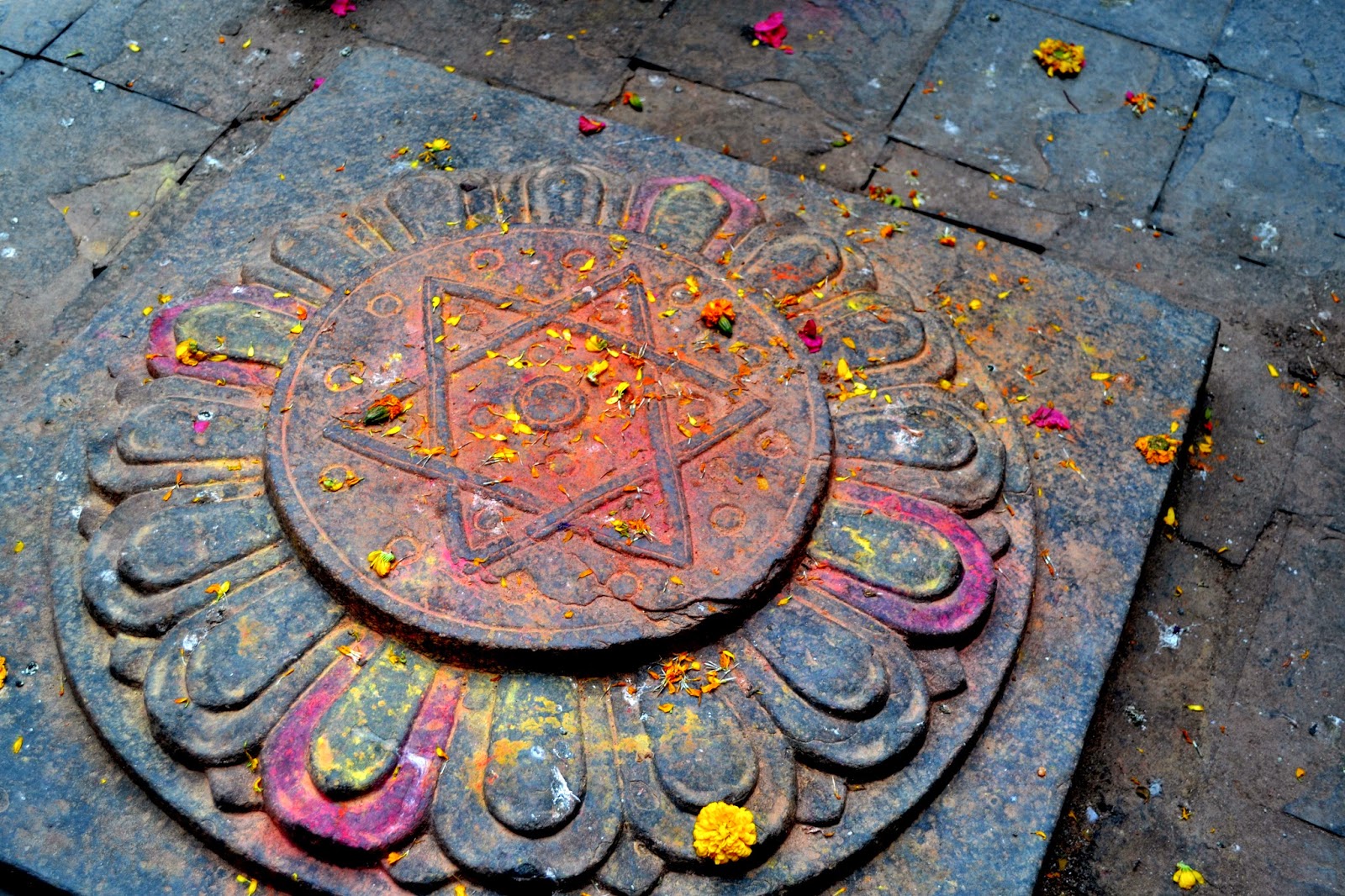After the ridiculous amounts of excitement induced by the Smith's arrival in Nepal had subsided enough for proper cognitive function to continue, one of the first places we visited was Durbar Square. Kathmandu Durbar Square is the plaza in front of what was once the royal Palace of the Kathmandu Kingdom which is reflected in the ornate and antiquated architecture that is around to feast your eyes on.
Once inside the square we headed to the Kumari Ghar, or house of the living Goddess. According to tradition, a young unmarried girl who fulfils certain requirements is chosen to live in the Kumari Ghar (there are two more of these residences in Nepal). They must stay at the house where they also receive an education, until they reach puberty when they are no longer deemed pure. You are not allowed to take pictures of the Kumari but many tourists go to try and catch a glimpse at one of her daily appearances as it is considered lucky. Despite being an interesting point of cultural difference, I found sighting the Kumari and visiting the house quite difficult - it was harrowing to see the perfectly made-up, yet emotionless face briefly rest at the court-yard window for the benefit of foreign and native onlookers, before disappearing once more from view.
We also just enjoyed spending some time just moseying around the town - it felt like stepping back in time, the motorbikes and cars almost becoming invisible in comparison to the grandeur of the old buildings and the hectic smaller shops and stalls weaved in between, with crowds of people effortlessly gracing the space between the two.
After a shave at the dodgiest looking barbers for my Dad (one of the more bizarre Smith family travelling traditions), we gratefully took some shade in a roof top café before slowly heading back, taking our time to appreciate the friendliness of the locals and the precarious and chaotic telephone wire arrangements.

















